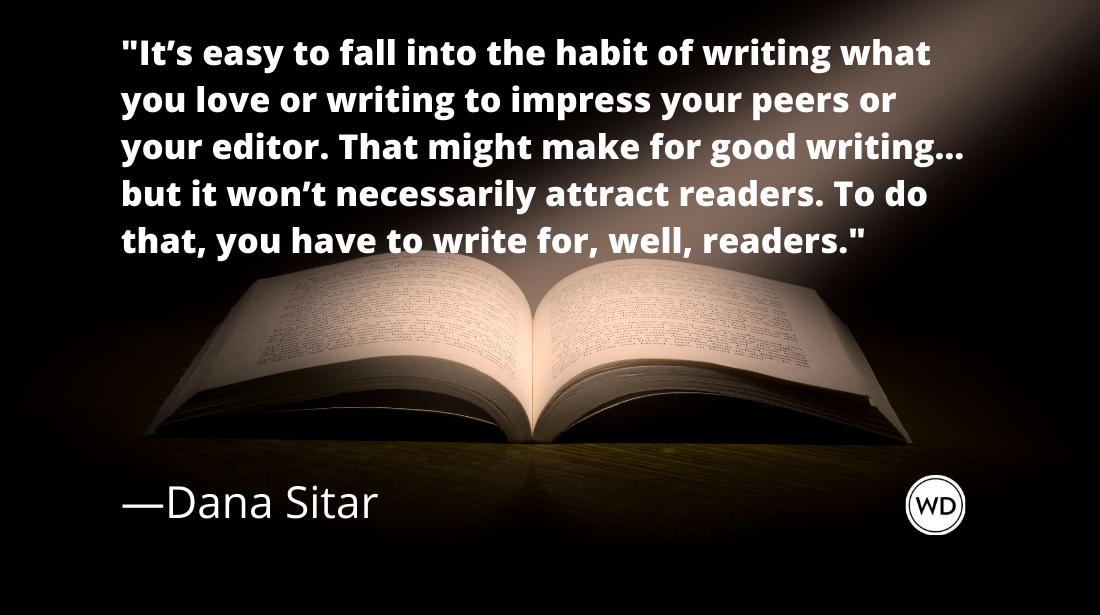What is a Kill Fee?
Q: I got a contract for a magazine story that I’m writing, and it makes reference to a “kill fee.” What is a kill fee and why would a publisher…
Q: I got a contract for a magazine story that I’m writing, and it makes reference to a "kill fee." What is a kill fee and why would a publisher and/or writer use one?—Frank
A: A kill fee what you get if your editor decides not to buy your story after all. For example, say you were contracted to write “Don’t Squash ‘em,” a story about spiders for the National Bug Lovers Magazine. The editor agreed to pay you $1,000 for the piece. You send in the completed work, and the editor reads it over but feels your depiction of the little critters is too far off base for the message of the magazine. He also determines that a revise or edit won’t fix the problems with the piece. You, on the other hand, have done a lot of the work and feel you deserve to get your check. This is where the kill fee comes into play.
Most contracts will state a percentage the editor will pay you if the story doesn’t run (Writer’s Digest pays 25% of the original agreed-upon amount). Once your story is officially killed, all rights to your piece revert back to you and you can try to sell it somewhere else. Maybe Insect Today will love your story.
There are any number of reasons why an article will get killed—it doesn’t fit the editorial focus of the magazine, something changes in the world and it negates the timeliness of the article, etc. Don’t take it personally. But go back and look at the original agreement and any comments the editor has supplied, and see what you can learn from the experience.
Brian A. Klems is the online managing editor of Writer’s Digest magazine.
Have a question for me? Feel free to post it in the comments section below or e-mail me at WritersDig@fwpubs.com with “Q&Q” in the subject line. Come back each Tuesday as I try to give you more insight into the writing life.









